Email marketing is still one of the most powerful tools in B2B marketing. It offers direct access to decision-makers, provides a measurable return on investment, and allows personalized communication at scale. But to make it truly work, you need more than just a list and a message. You need a data-driven playbook or the support of expert B2B email marketing services to help you turn emails into conversions.
This article will guide you through simple, proven steps to increase your B2B email marketing conversions using data and smart strategies.
Why Email Still Wins in B2B Marketing
Before diving into the playbook, let’s talk about why email matters so much in B2B:
-
Direct contact: You reach the inbox of real professionals.
-
High ROI: On average, email delivers $36 for every $1 spent.
-
Scalable personalization: Tools now let you personalize at scale.
-
Easy tracking: Every open, click, and conversion can be tracked.
But sending more emails doesn’t always mean better results. That’s where a data-driven approach comes in.
Step 1: Define Clear Goals and KPIs
Start by answering a basic question: What does success look like?
Common B2B email goals include:
-
Booking sales calls
-
Getting product demo sign-ups
-
Driving webinar attendance
-
Nurturing leads down the funnel
Once you define your goal, match it with the right Key Performance Indicators (KPIs):
-
Open rate: Measures subject line performance
-
Click-through rate (CTR): Shows interest in your content
-
Conversion rate: Tracks real action taken (like signing up)
-
Unsubscribe rate: Signals if your emails are annoying or irrelevant
Set benchmarks for these metrics. Then use them to measure and improve your performance.
Step 2: Segment Your Audience
Sending the same message to everyone doesn’t work. B2B buyers expect relevant and personalized communication.
Start by segmenting your email list based on:
-
Industry
-
Job title or function
-
Company size
-
Buying stage (top, middle, or bottom of funnel)
-
Engagement level (cold, warm, or hot leads)
Use your CRM or email marketing tool to create these segments. When you send targeted emails, your chances of conversion go way up.
Pro tip: Segment by behavior too. For example, if someone attended your webinar, send them related follow-ups.
Step 3: Use Data to Write Better Subject Lines
Your subject line is the first (and sometimes only) thing people see. And the numbers prove that it makes or breaks your email.
What works, according to data?
-
Subject lines with 6–10 words have the best open rates
-
Personalized subject lines (like using first names) increase open rates by up to 26%
-
Including a number or statistic often boosts curiosity
-
Questions and emojis can work—just test them first in B2B
Example:
❌ Bad: “Our Latest Update”
✅ Better: “John, are you ready to cut costs by 30%?”
A/B test your subject lines. Even small changes can have a big impact.
Step 4: Personalize the Body of Your Email
Once someone opens your email, you have a few seconds to keep them reading. Personalization makes all the difference.
Here’s how to personalize effectively:
-
Use their name in the greeting and subject
-
Mention their company or role if possible
-
Tailor the content to their industry pain points
-
Add dynamic fields for company size or location
Example:
“Hi Sarah, we help finance teams like yours at mid-sized firms save 10+ hours a week on reporting. Want to see how?”
Avoid sounding robotic. Write like you’re talking to a real person—because you are.
Step 5: Optimize Your Call-to-Action (CTA)
Your CTA is the bridge between interest and action. Make it count.
Data-driven tips for effective CTAs:
-
Be clear and specific (e.g., “Book a Demo” beats “Click Here”)
-
Use buttons, not just text links—buttons convert better
-
Keep it above the fold (early in the email)
-
Repeat the CTA at the bottom if the email is long
-
Limit to one main CTA per email to avoid confusion
Test different versions—color, wording, and placement—and use the results to improve future emails.
Step 6: Use Smart Sending Times
When you send your emails matters. Studies show:
-
Tuesdays to Thursdays have the highest open and click rates
-
Early morning (8–10 AM) and early afternoon (1–3 PM) work well for B2B
-
Avoid weekends and late evenings
But your audience may be different. Use your email tool’s analytics to find the best times based on your actual results.
Some platforms even offer AI-based send time optimization. Use it if available.
Step 7: Track Everything and Iterate
Data is your best friend in email marketing. Use it.
Track these regularly:
-
Open rate trends
-
Click maps (which links got the most clicks)
-
Bounce and unsubscribe rates
-
Conversion rates tied to email campaigns
Use tools like:
-
Google Analytics (for goal tracking)
-
UTM parameters (to see which emails drive traffic and conversions)
-
CRM integration (to track leads from email to closed deal)
Look for patterns. Double down on what works. Stop doing what doesn’t. This is where real growth happens.
Step 8: Test, Test, Test
Never assume you know what will work. Test everything:
-
Subject lines
-
Email length
-
CTA wording and placement
-
Plain text vs. HTML designs
-
Time of day
-
Day of week
Run A/B tests with small portions of your list. Then roll out the winner to the rest.
Over time, this testing leads to higher conversions—without increasing your workload or list size.
Step 9: Automate Your Sequences
B2B buyers rarely convert after one email. They need time, education, and trust. That’s where email sequences (also called drip campaigns or workflows) help.
Set up automated sequences for:
-
Lead nurturing after a whitepaper download
-
Onboarding after signing up
-
Re-engagement for cold leads
-
Follow-up after webinars or events
Use tools like HubSpot, Mailchimp, ActiveCampaign, or any email automation platform. Automation saves time and keeps your message consistent.
Step 10: Clean and Grow Your List
Even the best emails won’t convert if your list is outdated. Regular list hygiene is a must.
Clean your list by:
-
Removing inactive subscribers (no opens in 6+ months)
-
Deleting bounced emails
-
Asking unengaged users if they still want to stay subscribed
At the same time, grow your list with:
-
Gated content (like eBooks or checklists)
-
Newsletter signups on your site
-
LinkedIn lead gen ads
A clean, engaged list leads to higher open rates—and more conversions.
Final Thoughts
B2B email marketing isn’t about sending more emails—it’s about sending the right emails to the right people at the right time, backed by data.
This playbook gives you a solid starting point. Focus on:
-
Clear goals
-
Smart segmentation
-
Data-backed content and timing
-
Continuous testing and improvement
Use the numbers to guide your decisions. Keep your messages helpful and human. And most importantly—never stop optimizing.

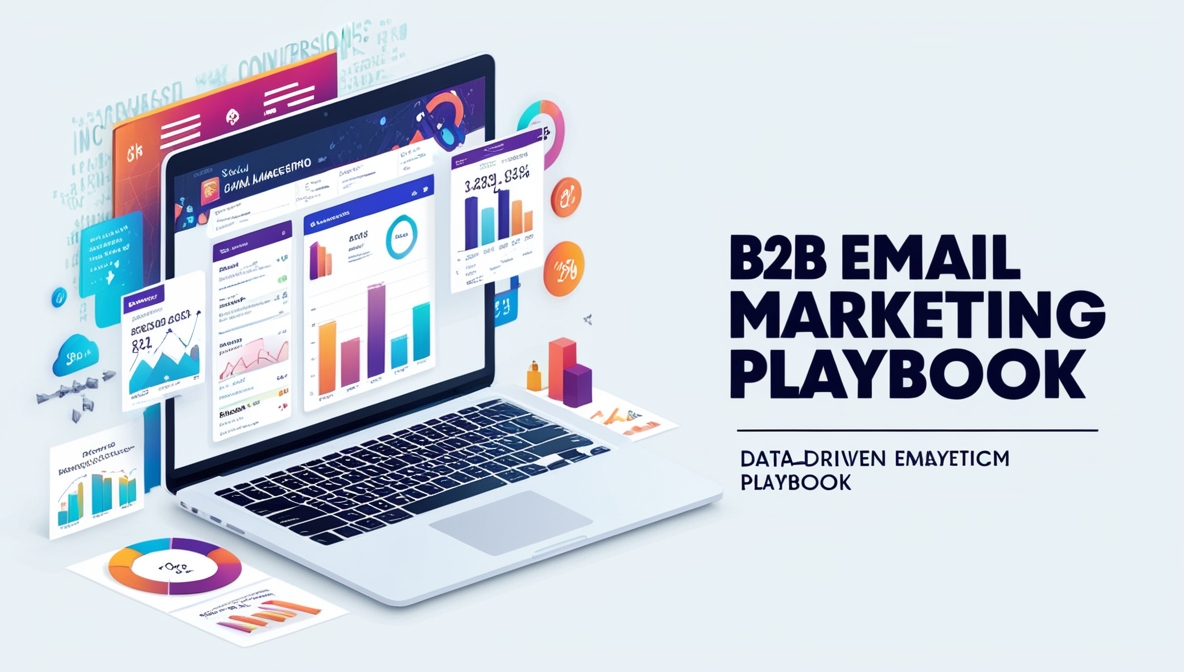
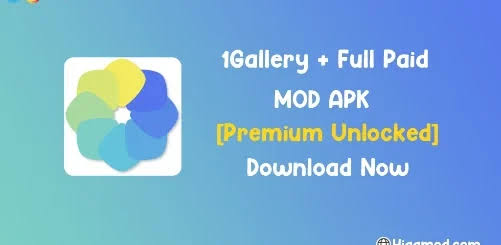
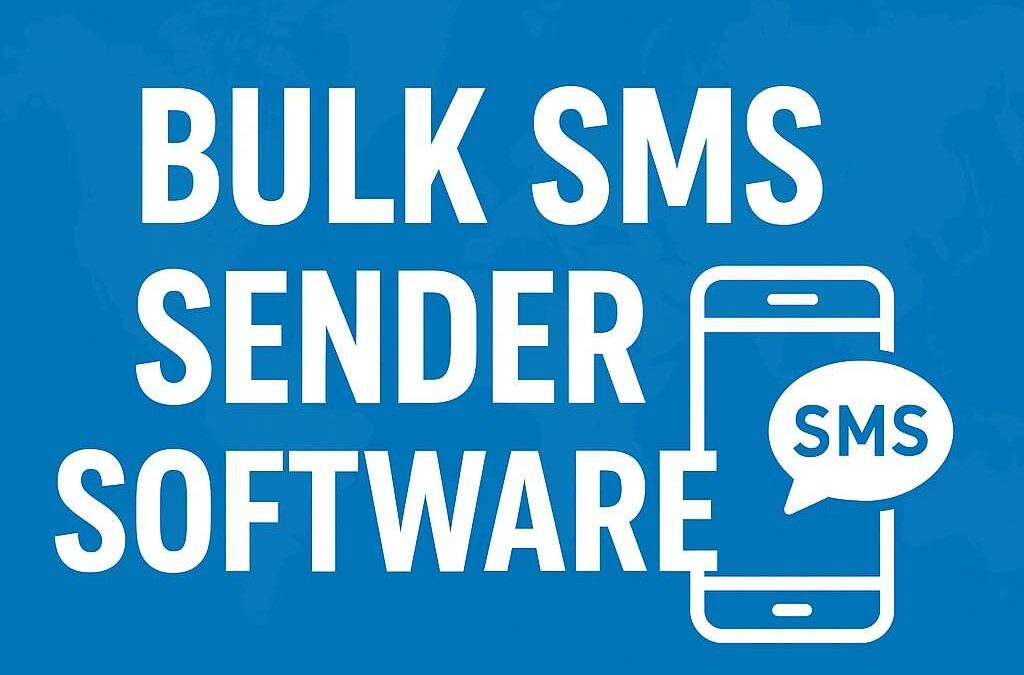

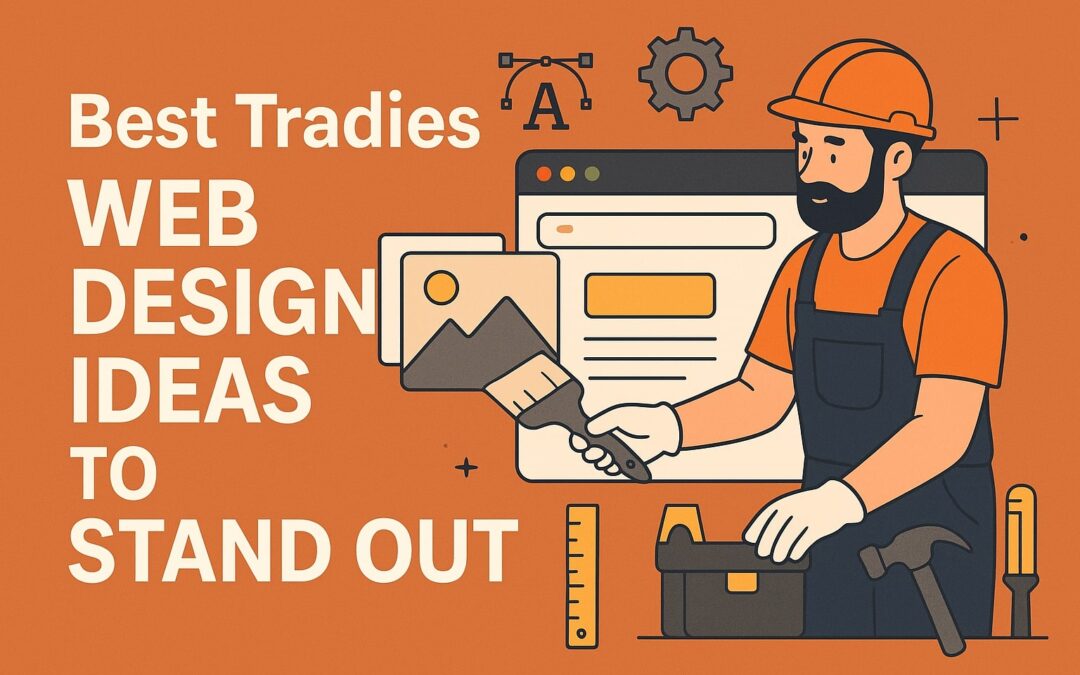
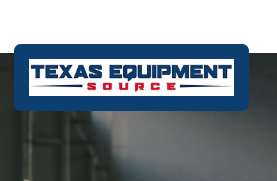
0 Comments